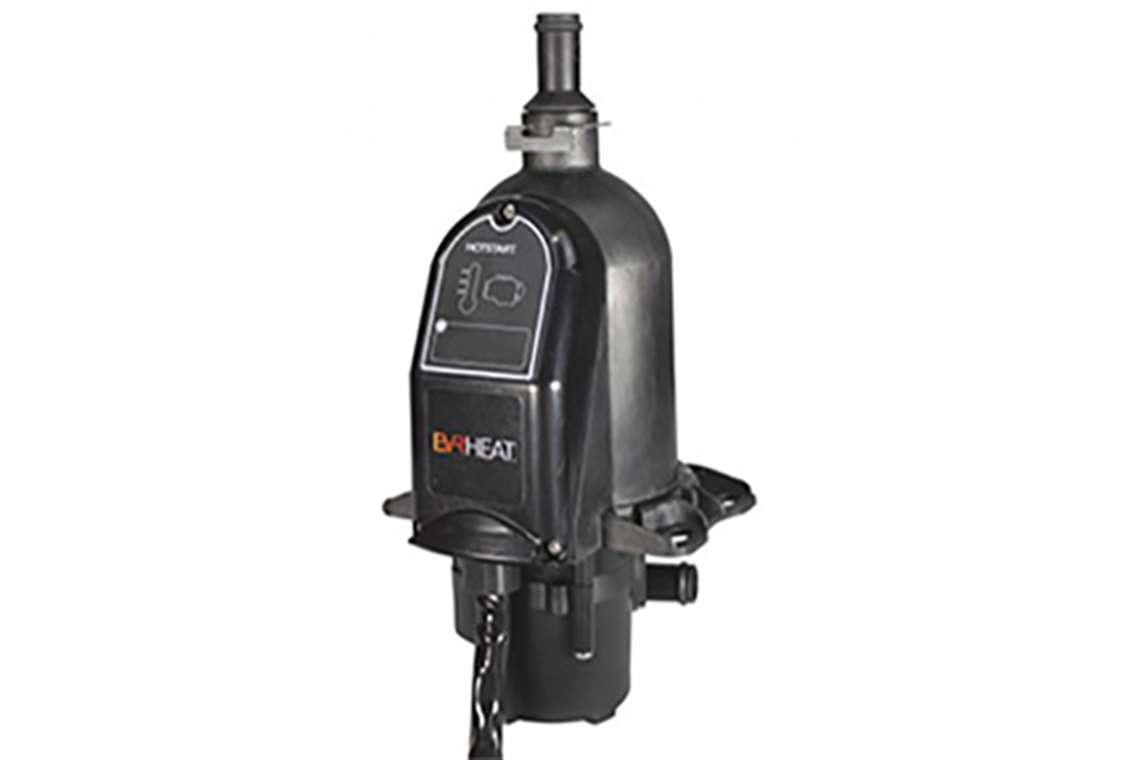@PowerGen: Hotstart’s New Engine Heater
19 November 2019

Hotstart unveiled its newest engine heater at PowerGen International 2019. The new EVRHEAT Series 20 forced circulation engine heater targets generator set applications in the United States and Canada.
The EVR20 is designed to preheat and maintain engine temperature in generators up to 20 L displacement while in standby mode. A new, at-a-glance operator display shows current status of the heater and users can see that power is on, the element is energized, and the pump is circulating heated coolant. Integrated controls and sensors monitor the status of the heater and coolant and if an air pocket or other fault is detected, the heater shuts down, allowing the user to resolve the fault and reset the heater.
Installation is simplified with an adjustable 180° swivelinlet hose barb, accommodating plumbing requirements in confined areas andallowing for easier field retrofits, the company said. The EVR20 is engineeredto apply heating power precisely, adjusting the output wattage in response tofluid temperature changes as little as 1 °F. This, the company said, results inmore uniform heat to the engine and eliminates nuisance low temperature alarms.In addition, its efficient operation, provides up to 45% energy savings overstandard thermosiphon heaters, the company said.
Hotstart said it will start taking pre-orders for the EVRHEAT Series 20 starting Dec. 1 and will ship product to customers in the US and Canada starting in January 2020.
STAY CONNECTED




Receive the information you need when you need it through our world-leading magazines, newsletters and daily briefings.
POWER SOURCING GUIDE
The trusted reference and buyer’s guide for 83 years
The original “desktop search engine,” guiding nearly 10,000 users in more than 90 countries it is the primary reference for specifications and details on all the components that go into engine systems.
Visit Now
CONNECT WITH THE TEAM









